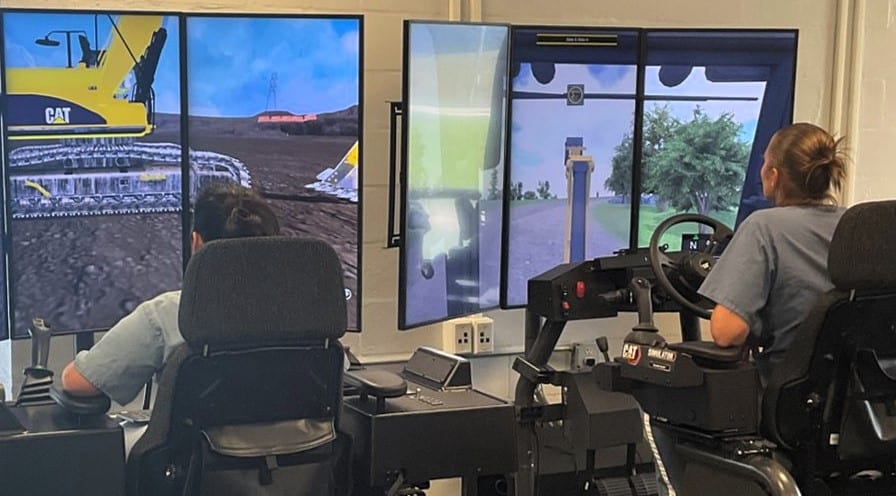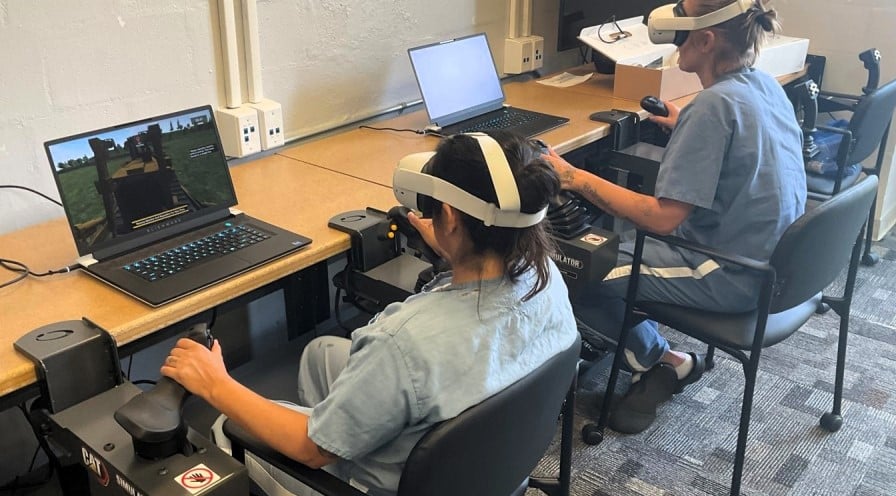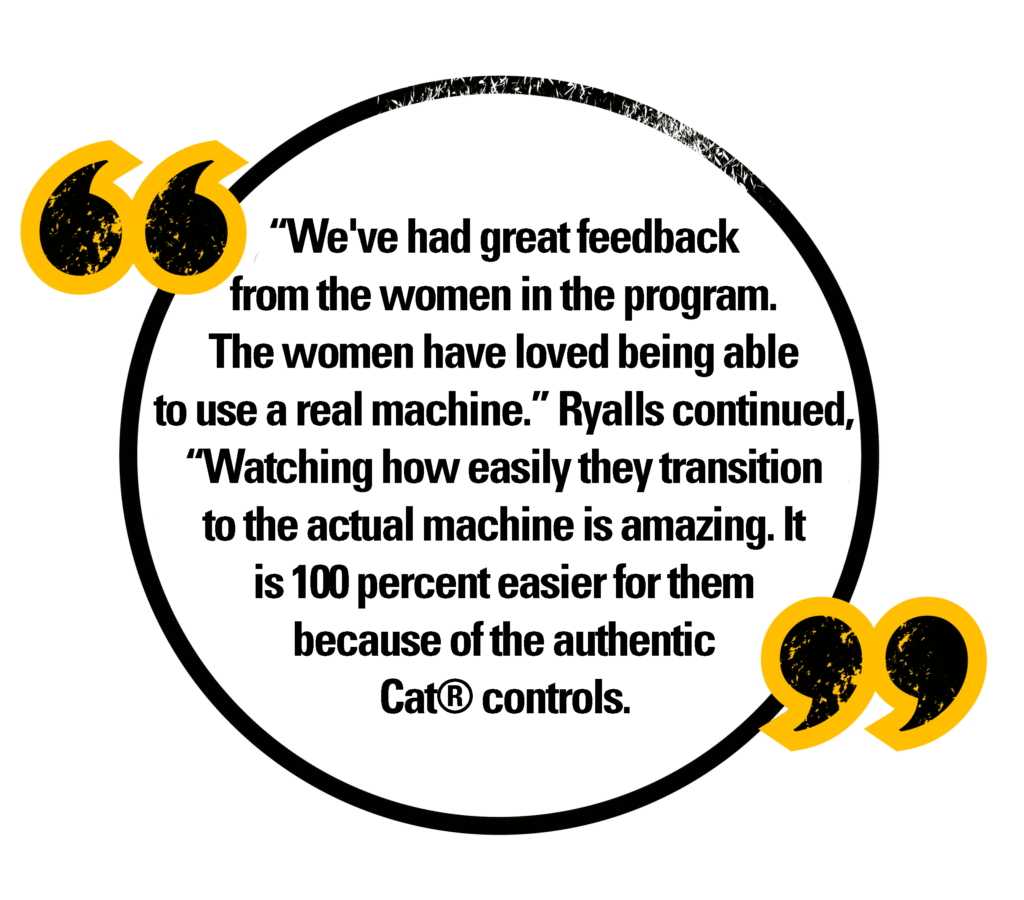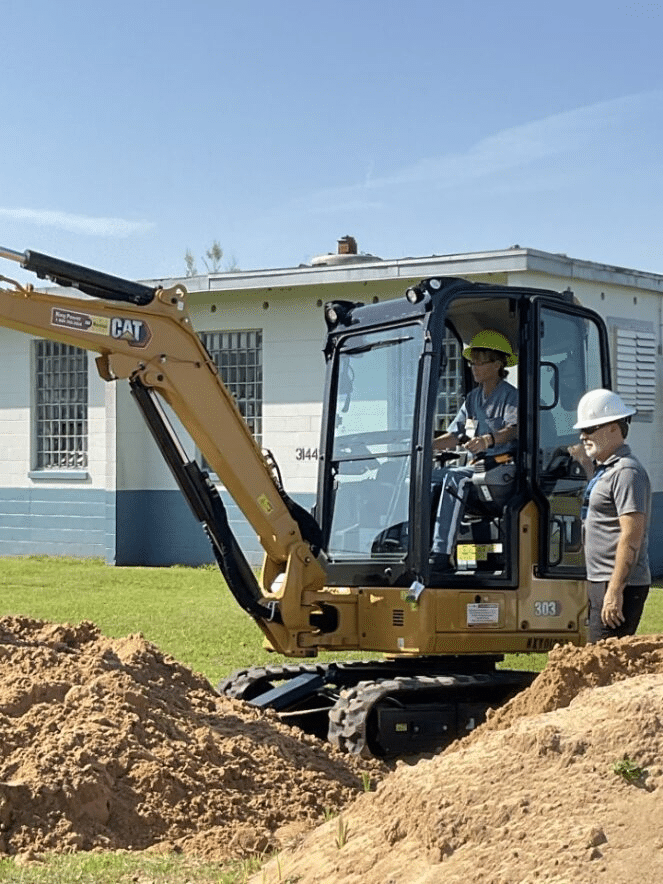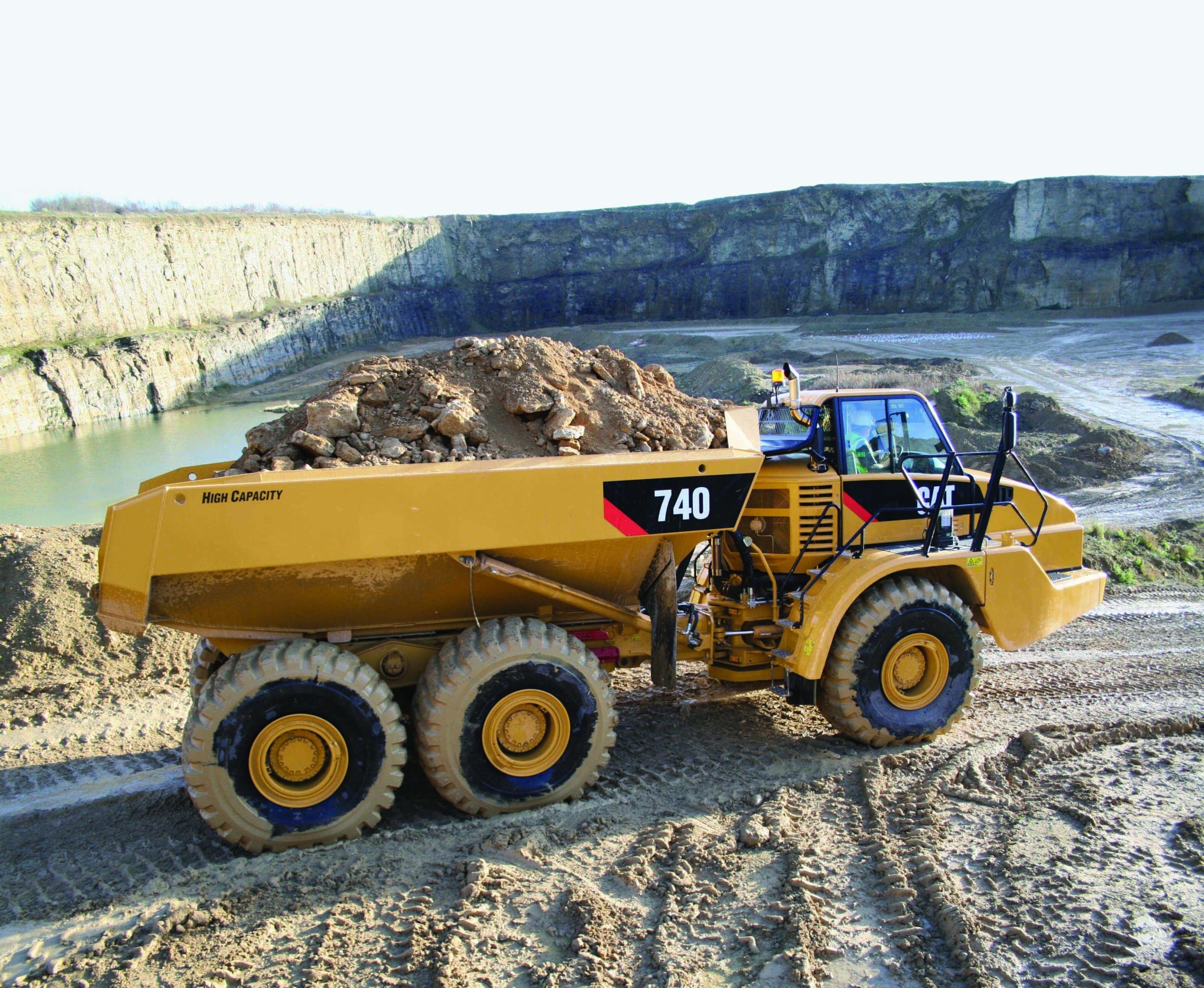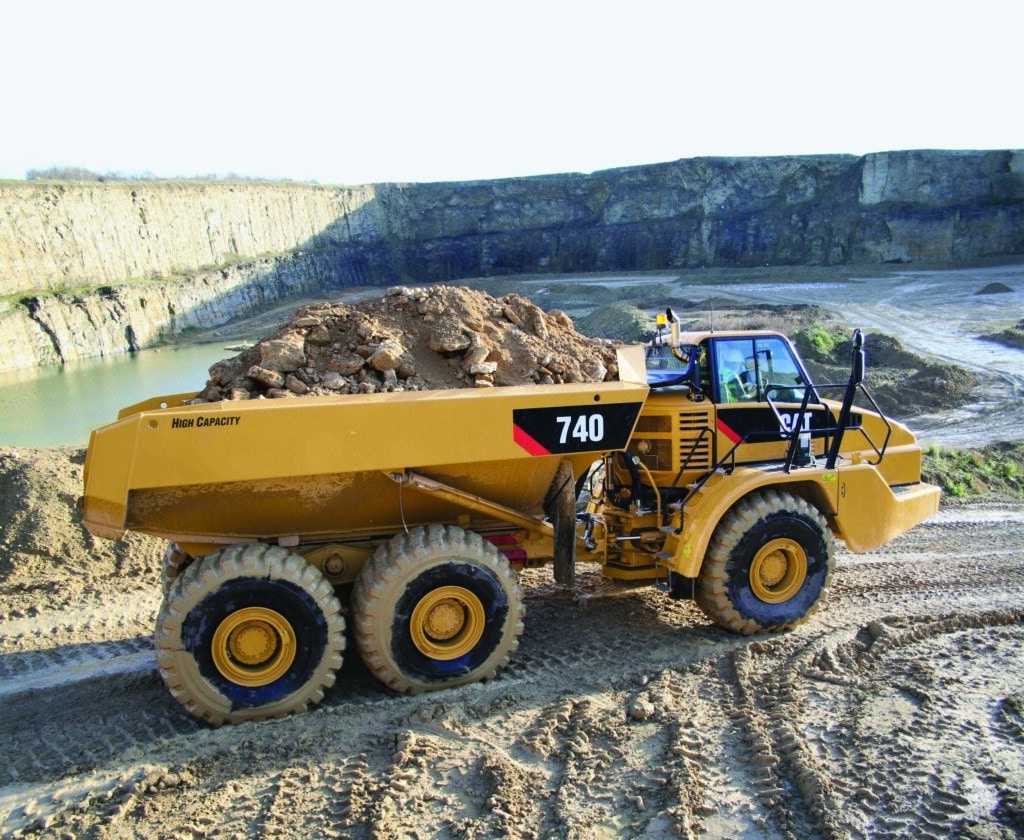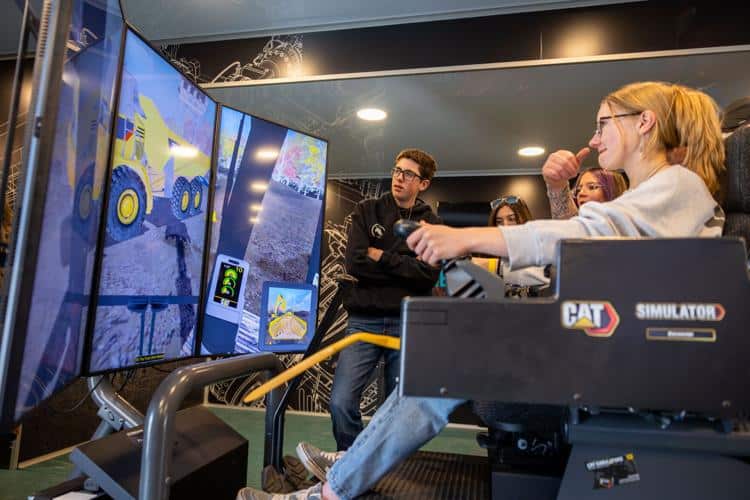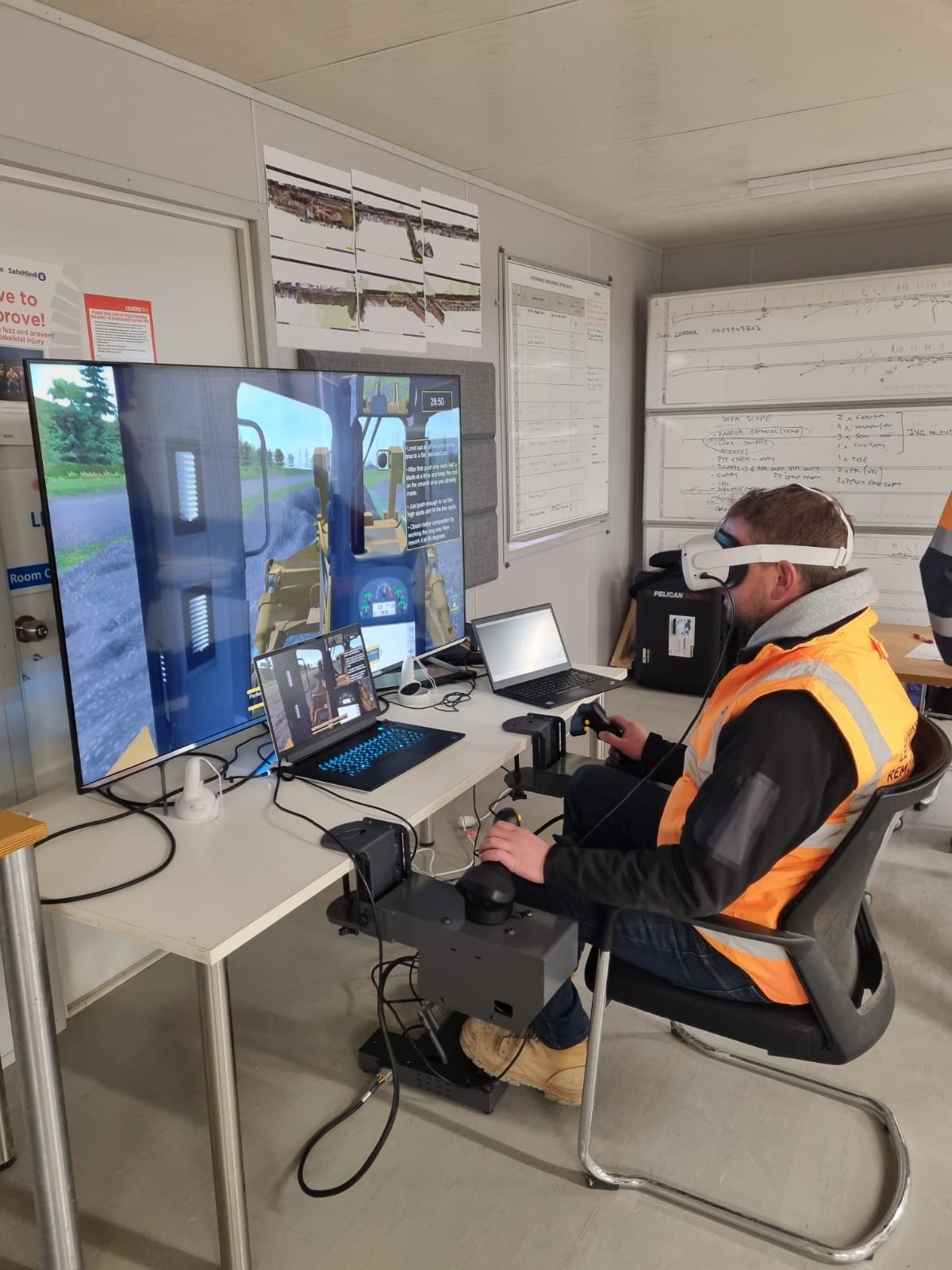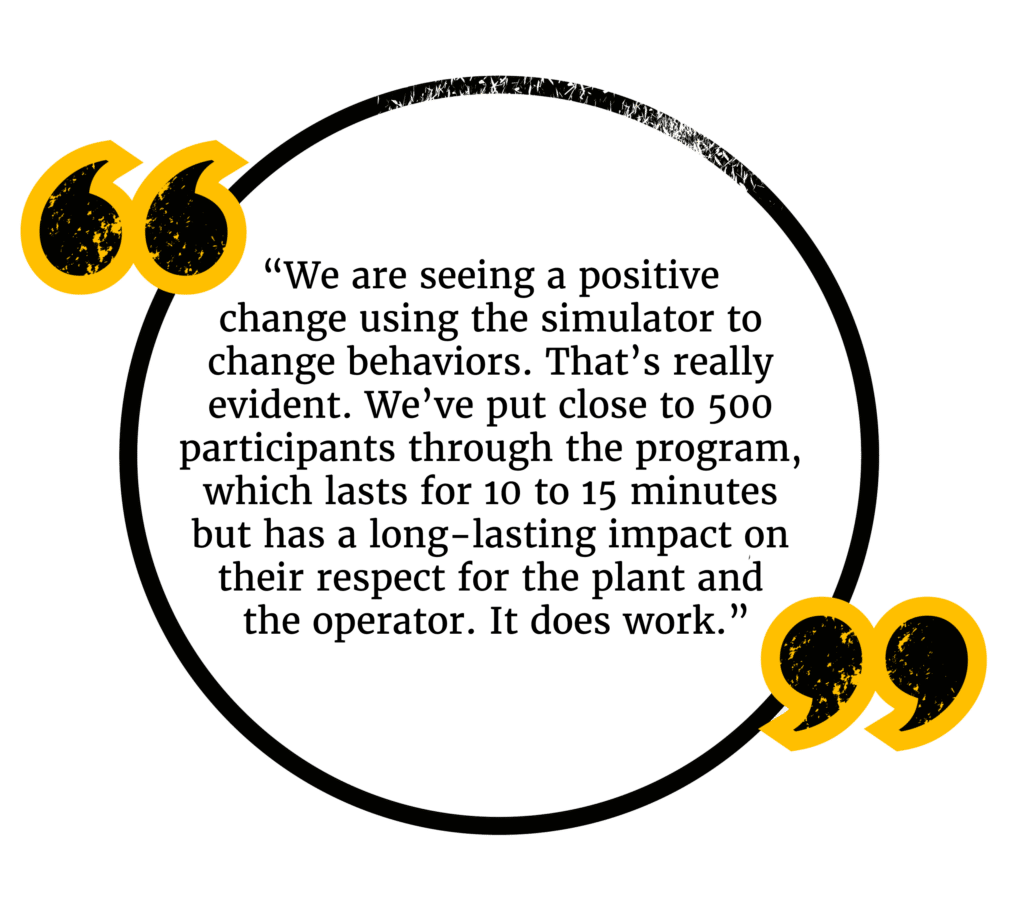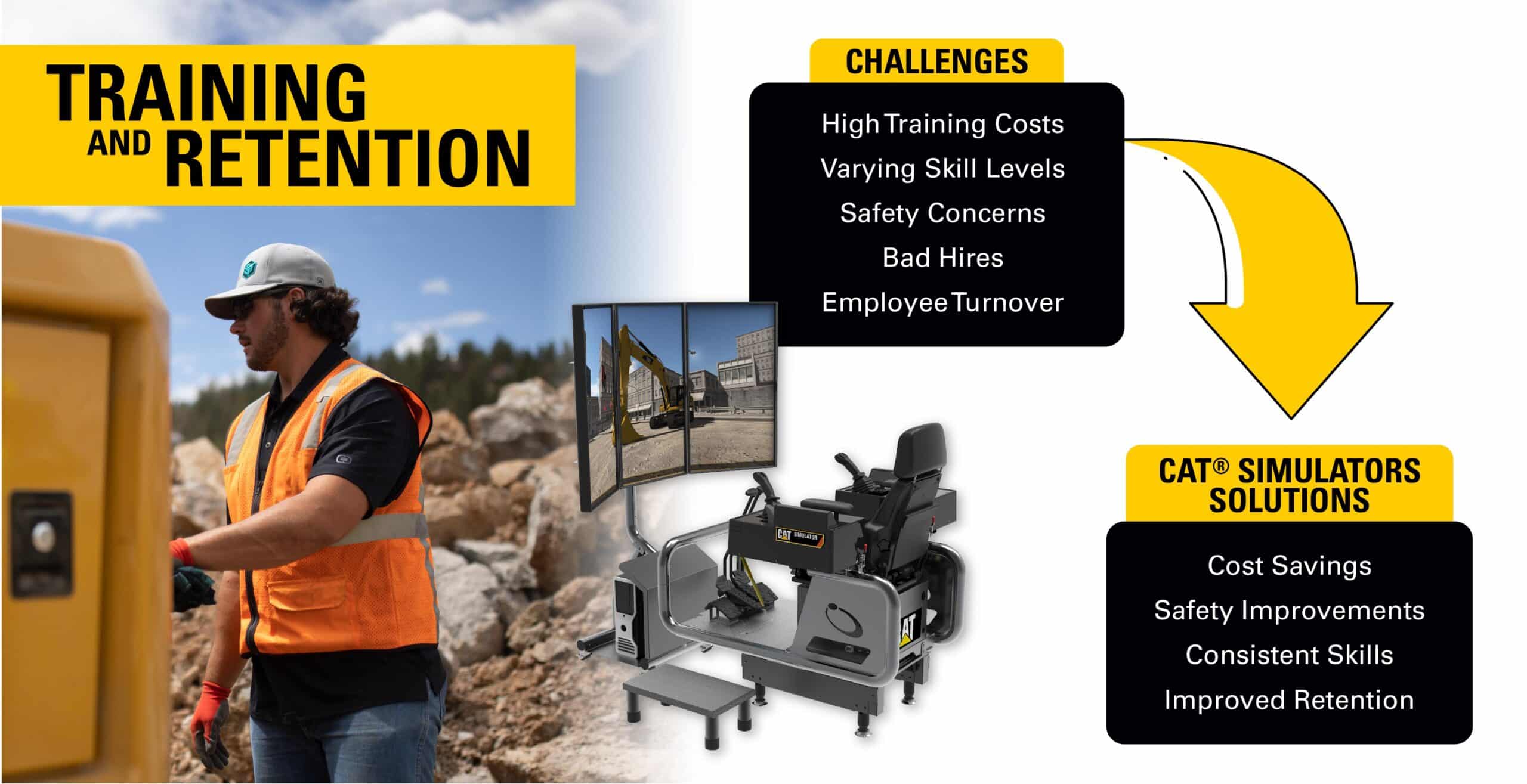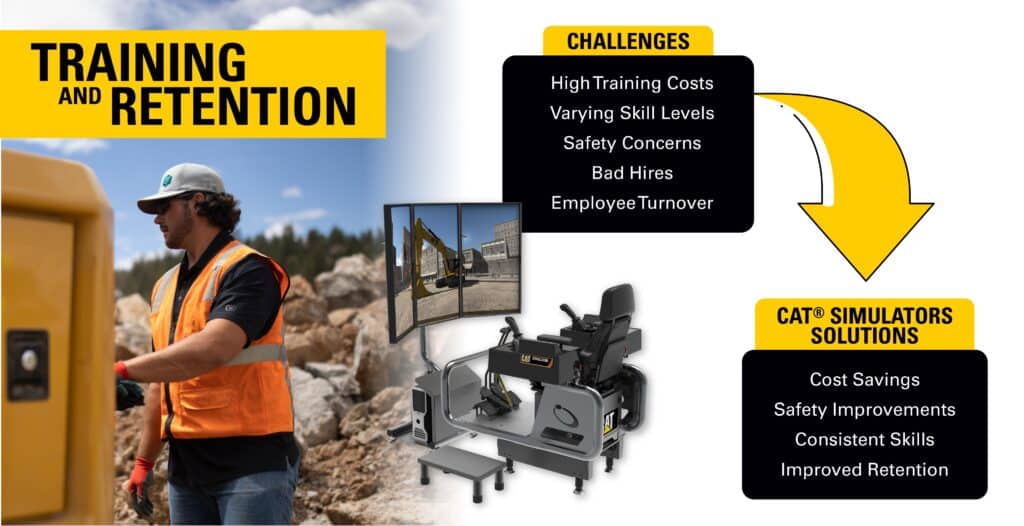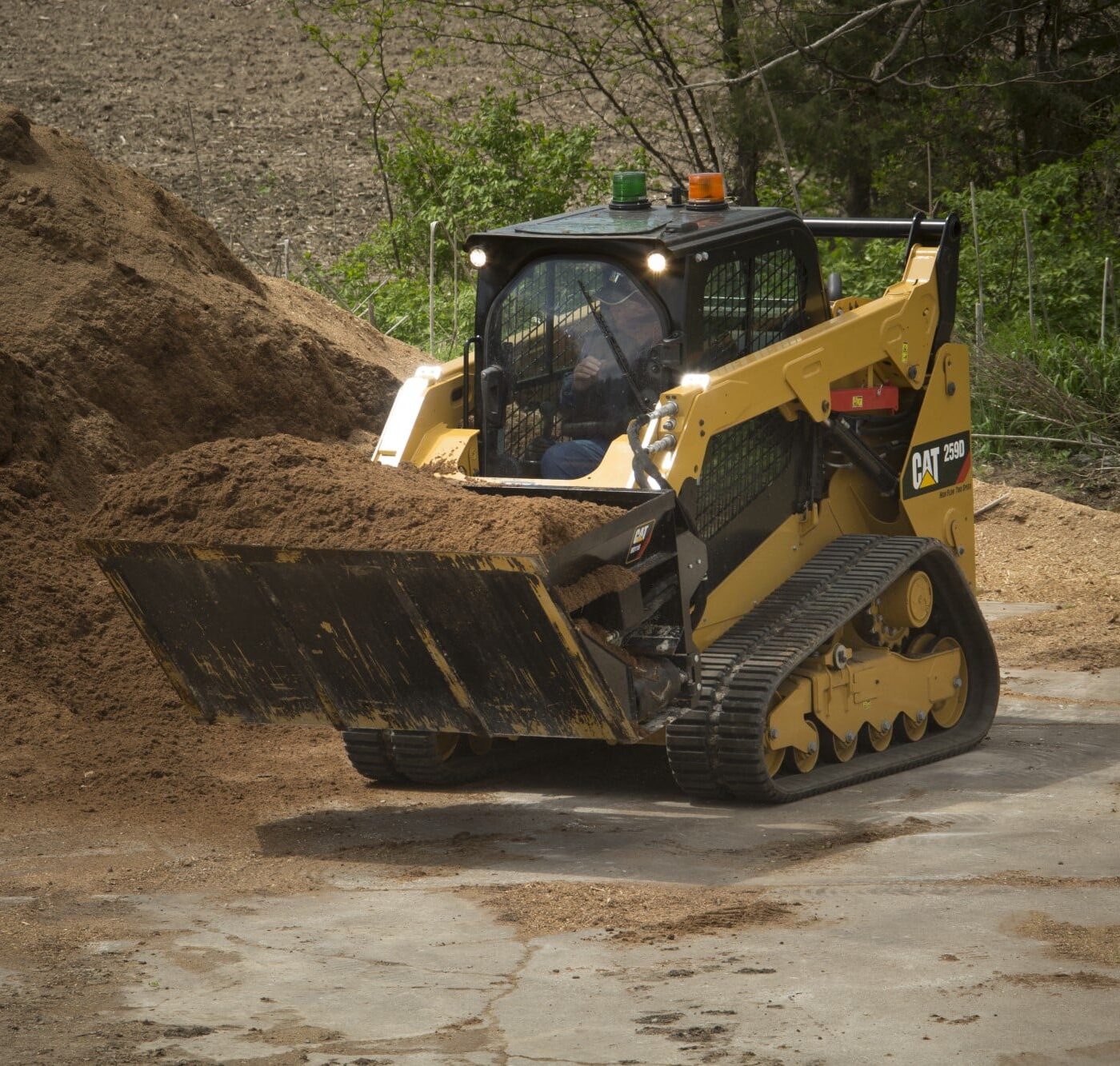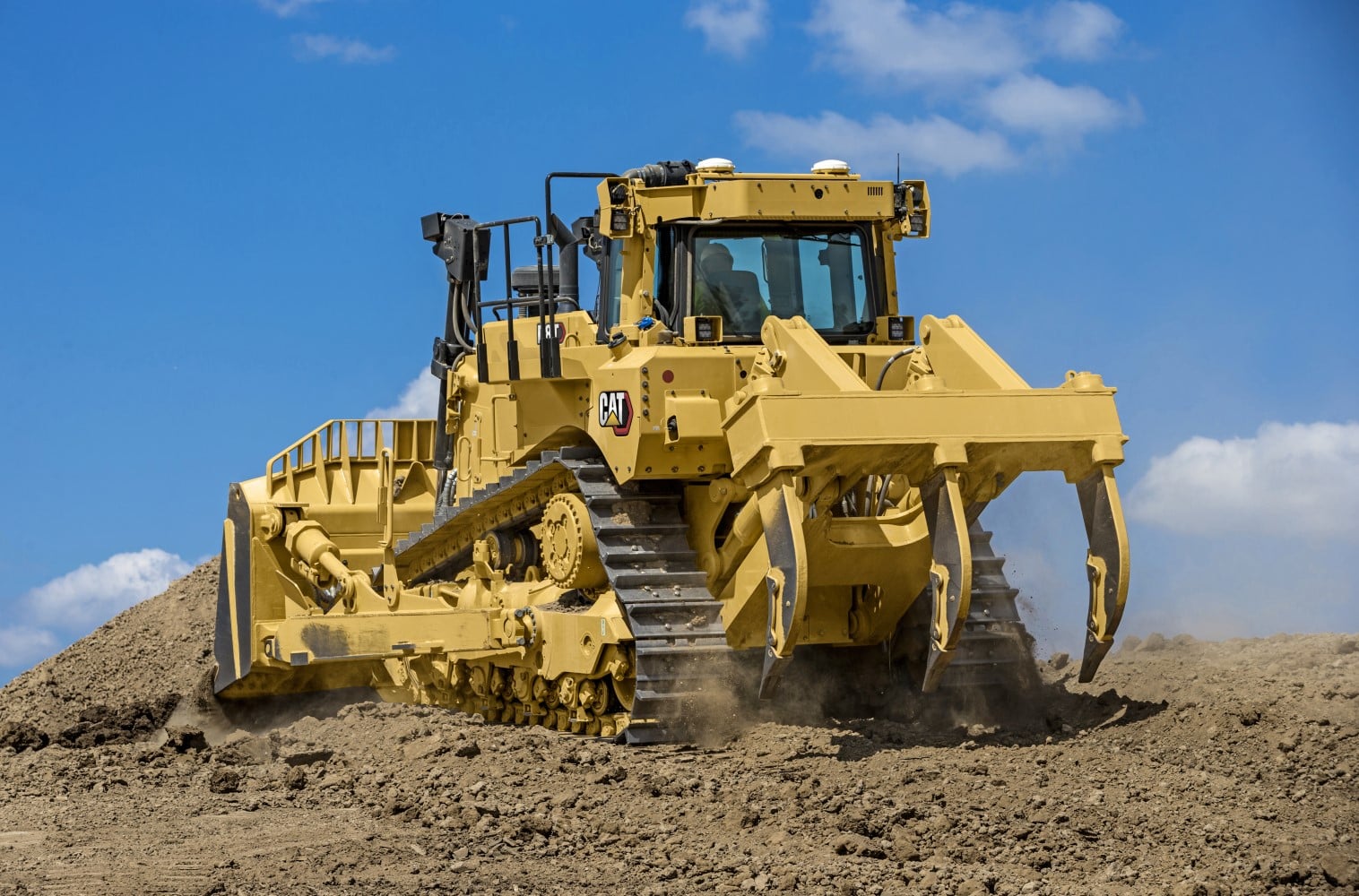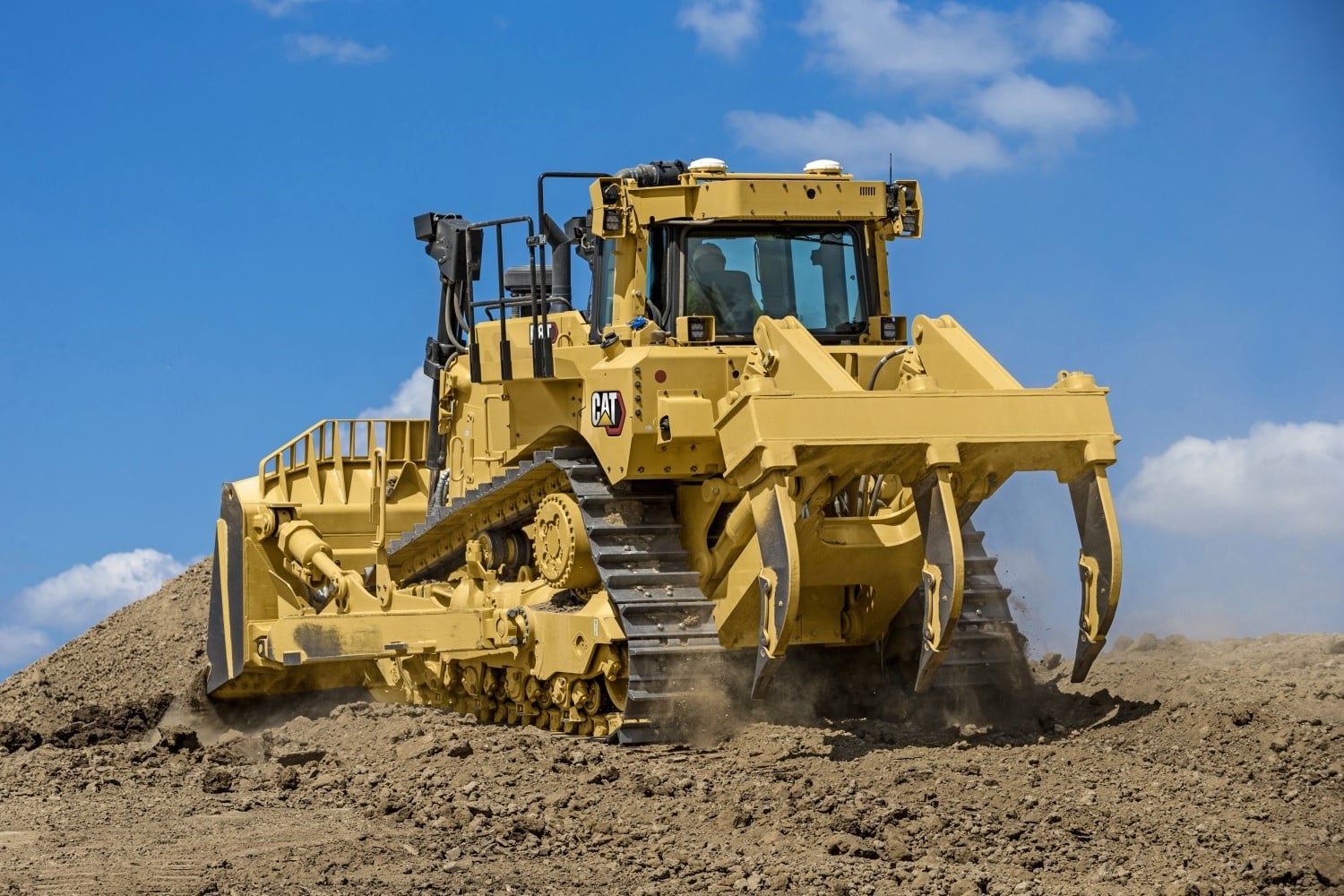Mt. Pleasant High School Cat Simulators let students explore future job opportunities
New Cat Simulators at Mount Pleasant High School are revolutionizing how students prepare themselves for the construction jobsite. Students can learn how to use various CAT products that, after completing the training, will prepare them for a career.
The class is taught by Scott Anders and will allow students to be dual enrolled at TCAT Hohenwald while he serves as an adjunct professor within the walls of Mount Pleasant High School. The CTE (Career Technical Education) department of Maury County Schools is in communications with several companies to create an internship program that students can take after mastering the simulator.
This program is funded by a Tennessee Innovative Model Schools grant and fosters a trade-based education that leads to students having high wages and job opportunities immediately upon leaving high school.
The simulators are state-of-the-art and simulate various types of job sites across America. The simulators are so detailed that the joy cons used on the simulator can be applied to an actual CAT machine and it will function. The students get much needed experience via the simulator lab that educators say will drive their individual value up once they reach the job market.
Principal Eric Hughes said that students who complete the training programs offered at the high school will “have a leg up on the competition.”
Hughes addressed how the simulators and other projects keep students engaged in academics.
“They all don’t like Algebra 2 or English 3 but if it Is a skill or trade, we can get them interested and we can use that as leverage, but they still have to keep their grades up in Algebra 2,” he said.
These programs keep students interested in going to school as it provides them with a greater purpose for being there. The students are not only getting great instruction from teachers like Anders, but instruction from experts at the companies that the school is partnered with. This two-year plan has borne many fruits as students are getting paid internships going into the summer.
Carter Gilliam, a student at Mount Pleasant, spoke about how he is going to use his simulator training, saying, “I will put them to my personal use in case I need to rent a machine like this to know how to use it for my property.”
The simulator gives students an extra layer of confidence they need to enter the ever-evolving workforce.
Anders said, “Mr. Hughes has a 40-year plan for every student at this school. For some it may be either go off to two- or four-year universities but for others it is about what skill can we help develop.”
Hughes has a passion to help students find their niche and guide them into positions where they can find success. He stated that in conversations with labor officials that “they will need thousands of workers over the next 10 years.”

Original Article: Main Street Maury | By: Jonah Storey | May 22, 2024 https://mainstreetmediatn.com/articles/e-newsletter-mainstreetmaury/mt-pleasant-high-school-cat-simulators-let-students-explore-future-job-opportunities/


